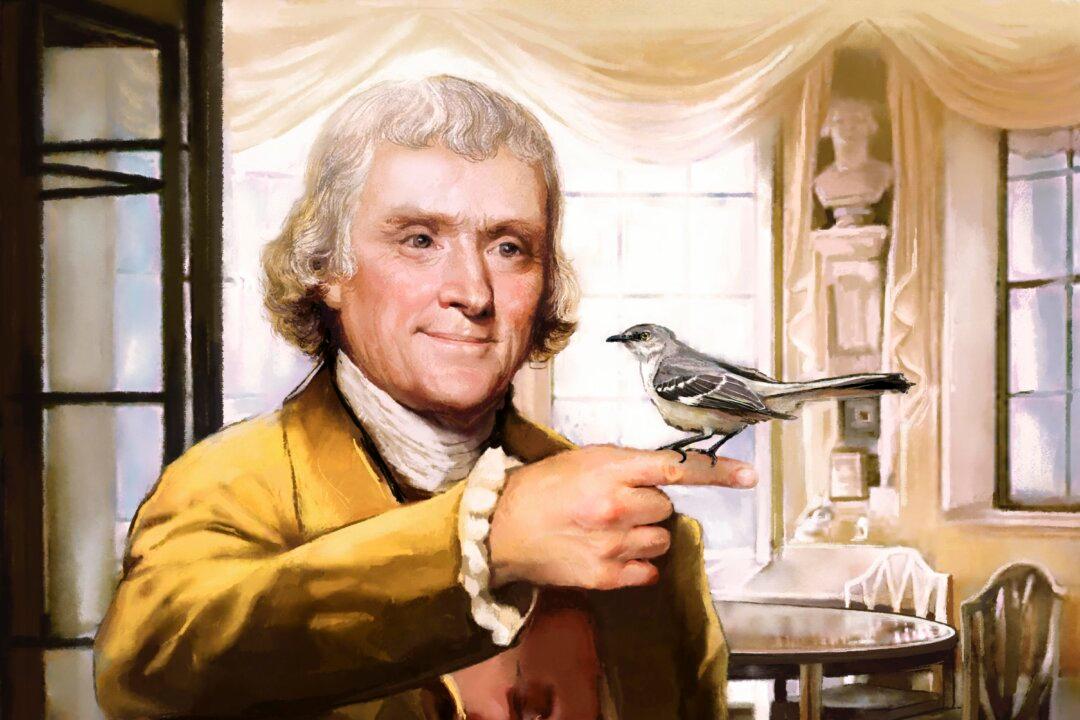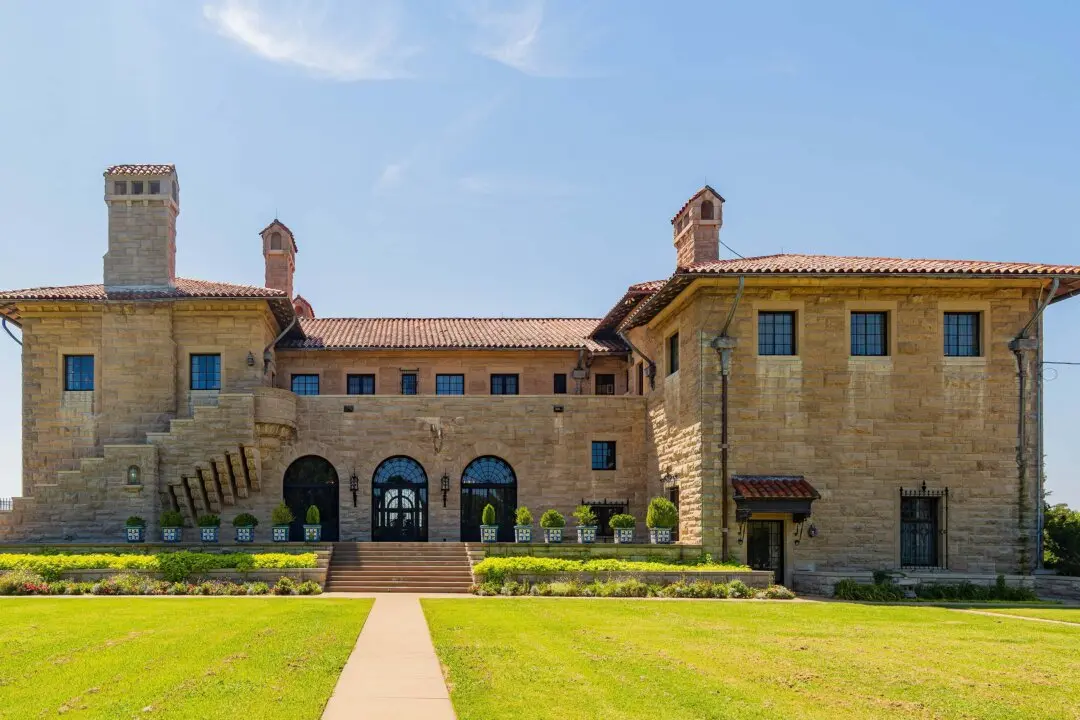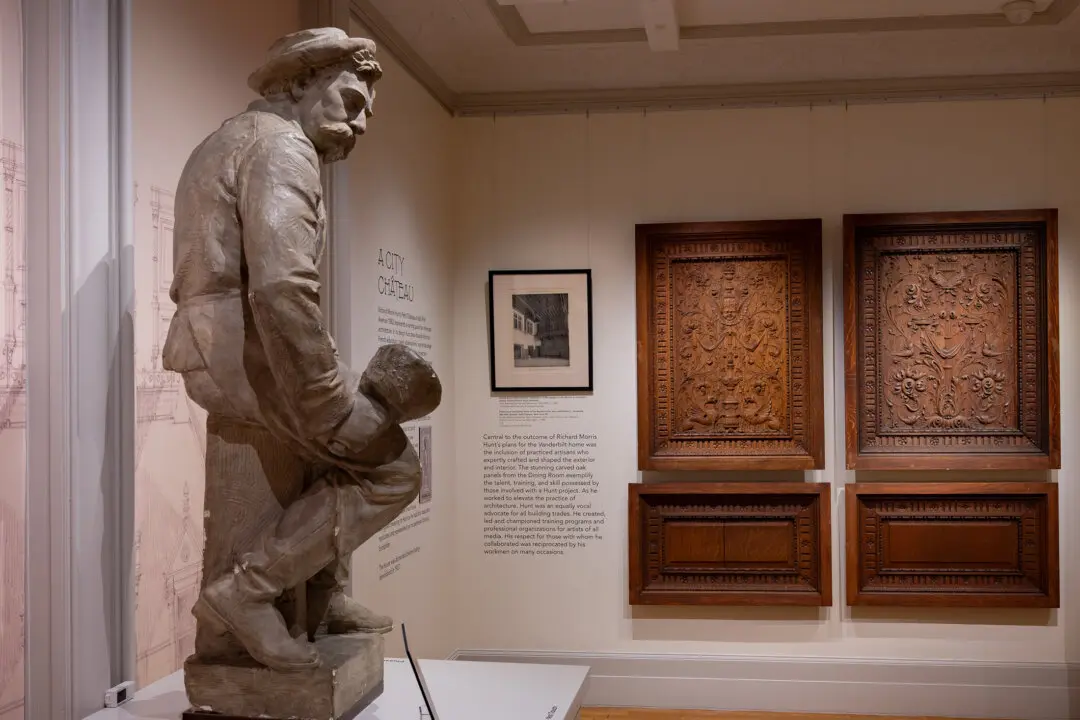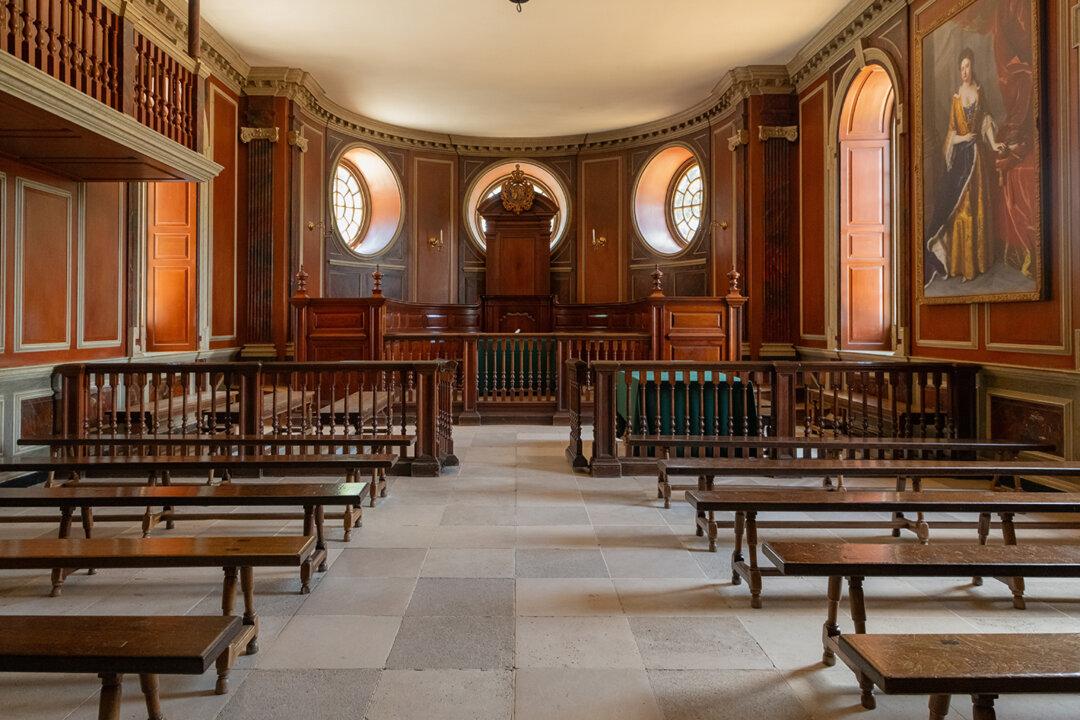Feasts of Wisdom
The journals of Margaret Bayard Smith tell us some interesting details about her visits to the “President’s House,” where she and her husband actually dined with Thomas Jefferson, our country’s third president. Margaret Smith came to Washington as a young bride in 1800. Her husband was a newspaperman and a strong supporter of Jefferson’s bid for the presidency. The Smiths and Jefferson frequently entertained each other. Unfortunately, Jefferson’s wife, Martha, had died years earlier in 1782.The President’s House, far from being the stately edifice we know today, was a work in progress. Jefferson’s personal quarters were furnished as befit a man of his many interests. Smith writes; “The apartment in which he took most interest was his cabinet; this he had arranged according to his own taste and convenience. It was a spacious room. In the centre was a long table, with drawers on each side, in which were deposited not only articles appropriate to the place, but a set of carpenter’s tools in one and small garden implements in another from the use of which he derived much amusement. Around the walls were maps, globes, charts, books, etc.” This collection is reminiscent of Jefferson’s personal effects at Monticello. He placed such importance on reading that he would often greet his guests while putting down a book, both at the President’s House and back home in Monticello.





